rediscovering natural philosophy
We aim to redefine the All-American standard for cattle ranching that enables more life to grow. We believe that sustainable cattle ranching regenerates and enriches our ecosystem through natural foraging, keeping it thriving for future generations to come.
This means sustainable, all-natural practices built on care, compassion and camaraderie found right here on home soil. We want thoughtful eaters to enjoy guilt-free, 100% grass fed products that restore our home, one grassland at a time.
Long ago, what we now call science, was known as “Natural Philosophy.” Natural Philosophy sought to understand both the causes and effects of nature and the full physical universe. Over time, as science practices evolved, we were able to dig deeper into the mysteries of the natural world. But with the quick expansion of science and technology, came a loss of the importance of the wholeness of natural systems.
no matter how much
technology advances
We cannot outsmart
our ecosystem.
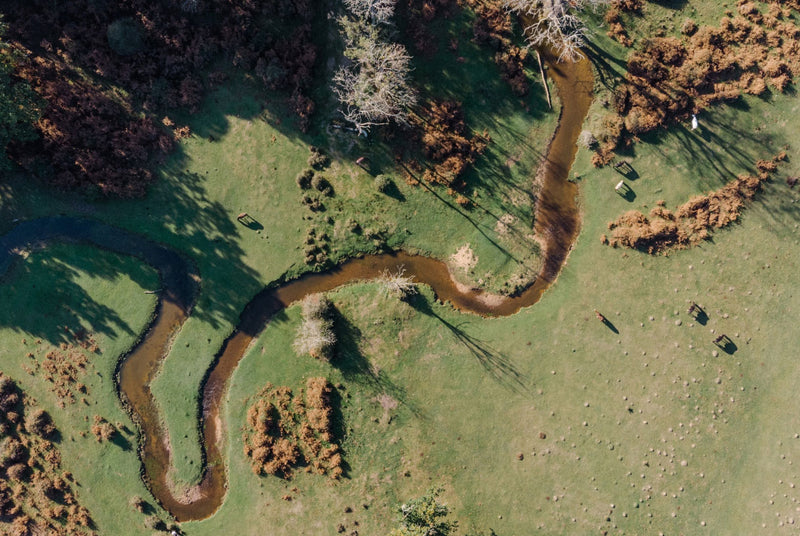
Here at Blue Nest Beef, we are on a mission to educate and teach others about how the pieces of nature actually fit together. The library of information in our field of nature involving cows, grass and soil is still growing.
Videos
Below you will find Blue Nests Beef's main focal areas when it comes to Natural Philosophy:
Books
For those who have the time and want to curl up with a full book
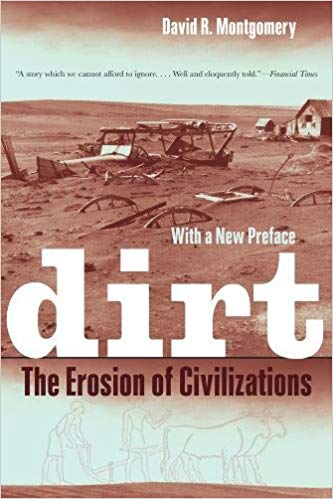
by David Montgomery
A great place to start to understand that the story of soil and its loss actually IS the underlying story of civilization - literally.
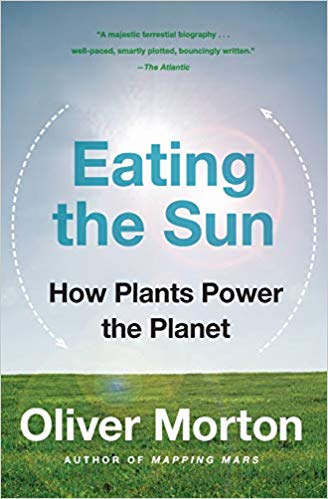
by Oliver Morton
Dive deep into the story of the discovery of photosynthesis and how that natural technology is the basis of all life on Earth.
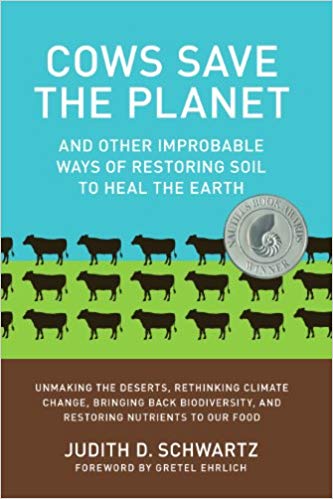
by Judith Schwartz
An easy and compelling read about the basics of the story of soil, grass, carbon and cows.
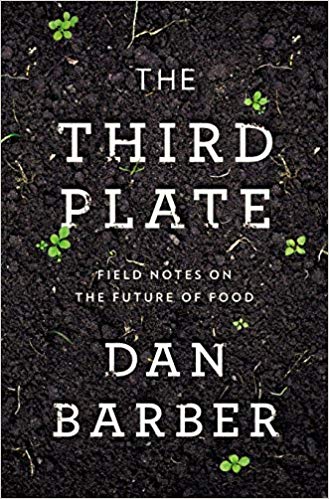
by Dan Barber
A voyage of discovery and wonder of the myriad connections between the health of our food system and the health of the planet.
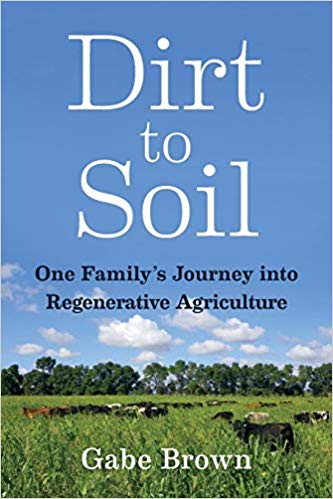
by Gabe Brown
Follow North Dakota farmer Gabe Brown on his journey to figure out
this new kind of agriculture. He’s now an Audubon Certified Rancher,
too.
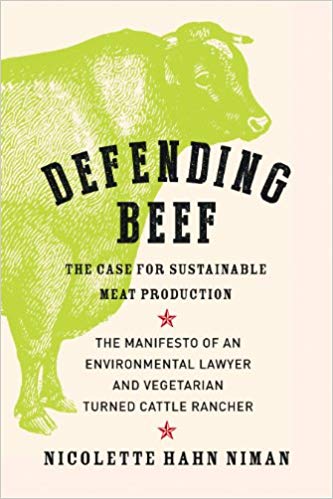
by Nicolette Hahn Niman
Hear a vegetarian environmental lawyer tell her own story about the ecological benefits of beef production done right.
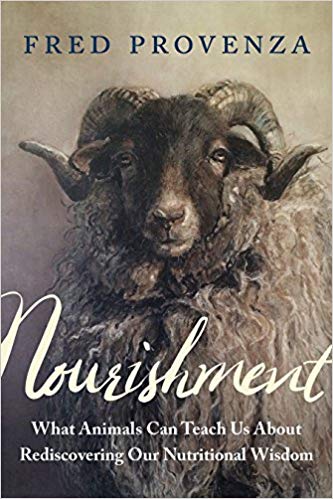
by Fred Provenza
An insightful synthesis of what a true master of grazing has learned
about food and nourishment for people by watching cattle, sheep and
goats.
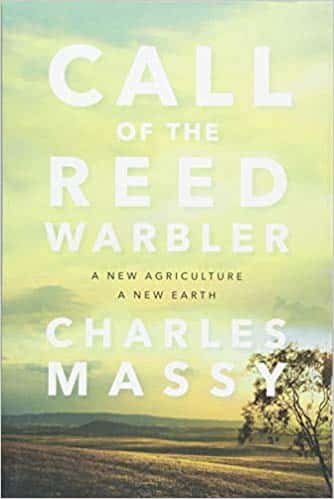
by Charles Massy
A new vision for agriculture stitched together with both insight and
wisdom from decades of regenerative farming experience in Australia.
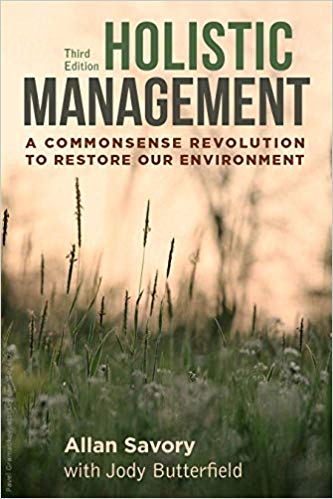
by Allan Savory and Jody Butterfield
Pretty much the overall handbook for a different way of managing any system as a whole - including grazing.
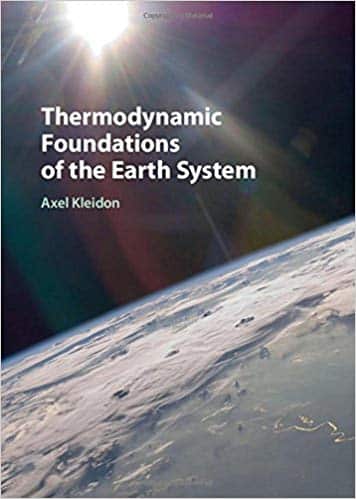
by Axel Kleidon
In short, it’s all about capturing more energy from the sun. This
textbook is only for the geekiest of the geeks, but if you want to get
to the deepest layer of the science underneath all of this, this is your
ultimate book.
Scientific Papers
For those that like deep details, here’s a set of select scientific papers that are a good place to start
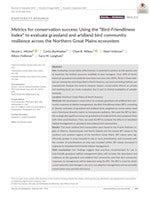
Michel, Nicole L., et al. "Metrics for conservation success: Using the “Bird‐Friendliness Index” to evaluate grassland and aridland bird community resilience across the Northern Great Plains ecosystem." Diversity and Distributions 26.12 (2020): 1687-1702.
A new metric for quantifying birds and bird habitat demonstrates that Conservation Ranching is bringing back grassland birds.
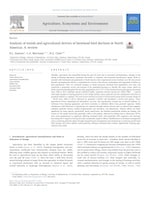
Stanton, R. L., C. A. Morrissey, and R. G. Clark. "Analysis of trends and agricultural drivers of farmland bird declines in North America: a review." Agriculture, ecosystems & environment 254 (2018): 244-254.
Industrial agriculture's use of pesticides and its effects on habitat loss have been devastating to birds. Grazing is NOT the problem (but may be a solution?).
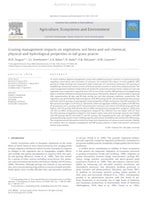
Teague, W. R., et al. "Grazing management impacts on
vegetation, soil biota and soil chemical, physical and hydrological properties in tall grass prairie." Agriculture, ecosystems & environment 141.3-4 (2011): 310-322.
THE foundational paper documenting changes in vegetation, soil carbon, water infiltration and microbiology as a function of grazing systems.
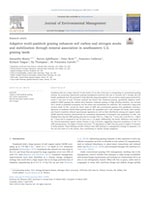
Mosier, S., et al. "Adaptive multi-paddock grazing enhances
soil carbon and nitrogen stocks and stabilization through mineral association in southeastern U.S. grazing lands." Journal of Environmental Management 288 (2021): 112409
Documents the higher presence and stability of soil organic carbon and nitrogen under Adaptive Multipaddock Grazing on 5 pairs of adjacent ranches in the southeastern US.
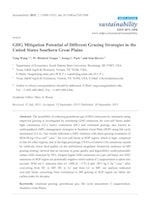
Wang, Tong, et al. "GHG mitigation potential of different grazing strategies in the United States Southern Great Plains." Sustainability 7.10 (2015): 13500-13521.
Demonstrates that a change to “multi-paddock” grazing leads to a net greenhouse gas equivalent sink in most scenarios and a breakeven in the worst.
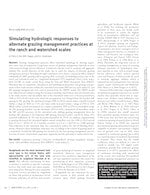
Park, J. Y., et al. "Simulating hydrologic responses to alternate grazing management practices at the ranch and watershed scales." Journal of Soil and Water Conservation 72.2 (2017): 102-121.
Using data from Teague (2011), models how better grazing can have large positive impact on water infiltration and runoff.
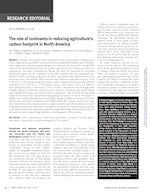
Teague, W. R., et al. "The role of ruminants in reducing agriculture's carbon footprint in North America." Journal of Soil and Water Conservation 71.2 (2016): 156-164.
Does the math to show that at scale, changes to grazing (and no-till cropping) can turn agriculture into a very large net carbon sink.
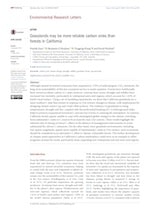
Dass, Pawlok, et al. "Grasslands may be more reliable carbon sinks than forests in California." Environmental Research Letters 13.7 (2018): 074027.
Not only are soil carbon quantities in grasslands potentially material, they may actually be more reliable sinks than forests.
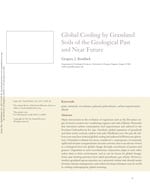
Retallack, Gregory J. "Global cooling by grassland soils of the geological past and near future." Annual Review of Earth and Planetary Sciences 41 (2013): 69-86.
Millions of years ago, in the age since dinosaurs, co-evolution of grazers and grasslands appears to have cooled the planet a few times already.
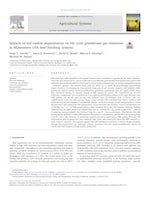
Stanley, Paige L., et al. "Impacts of soil carbon sequestration on life cycle greenhouse gas emissions in Midwestern USA beef finishing systems." Agricultural systems 162 (2018): 249-258.
A milestone paper demonstrating that grass finishing of beef can indeed create a large net greenhouse gas sink.
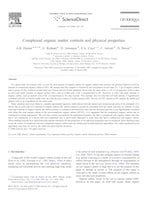
Dexter, A. R., et al. "Complexed organic matter controls soil physical properties." Geoderma 144.3-4 (2008): 620-627.
A really good overview of what ‘soil organic matter’ actually is and what functions it performs in healthy soils.
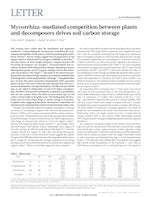
Averill, Colin, Benjamin L. Turner, and Adrien C. Finzi. "Mycorrhiza-mediated competition between plants and decomposers drives soil carbon storage." Nature 505.7484 (2014): 543.
A deep dive into the magical relationship between roots, fungi and bacteria within soil that leads to net accumulation of carbon-rich organic matter.
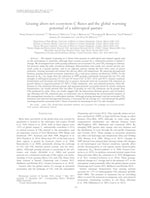
Gomez‐Casanovas, Nuria, et al. "Grazing alters net ecosystem C fluxes and the global warming potential of a subtropical pasture." Ecological applications 28.2 (2018): 557-572.
Fascinating technology to measure the carbon going in and out of a pasture everyday to more deeply understand greenhouse gas dynamics. Documents case of active pasture sink.
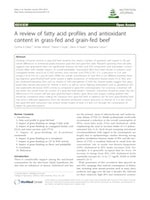
Daley, Cynthia A., et al. "A review of fatty acid profiles and antioxidant content in grass-fed and grain-fed beef." Nutrition journal 9.1 (2010): 10.
An overview of the nutritional properties of grain fed versus grass fed beef demonstrating material differences in fat proportions and key vitamins.
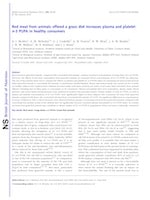
McAfee, Alison J., et al. "Red meat from animals offered a grass diet increases plasma and platelet n-3 PUFA in healthy consumers." British Journal of Nutrition 105.1 (2011): 80-89.
An experimental study of how just 3 servings per week of grassfed beef and lamb actually caused measurable differences in blood lipid markers.
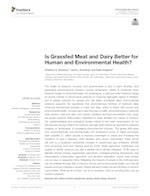
Provenza, Frederick D., Scott L. Kronberg, and Pablo Gregorini. "Is Grassfed Meat and Dairy Better for Human and Environmental Health?." Frontiers in nutrition 6 (2019).
A forward-looking synthesis of what we do and don’t know about healthy meat (and dairy) and how the magic of real, whole food likely lies in many dimensions that we still don’t fully understand.